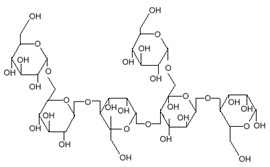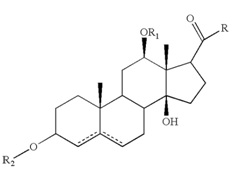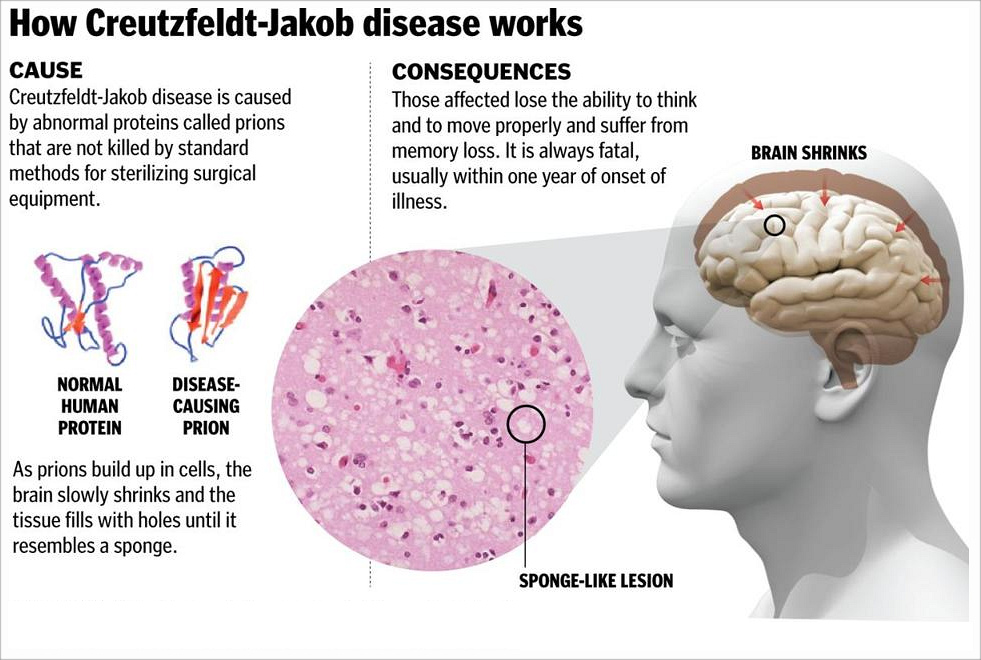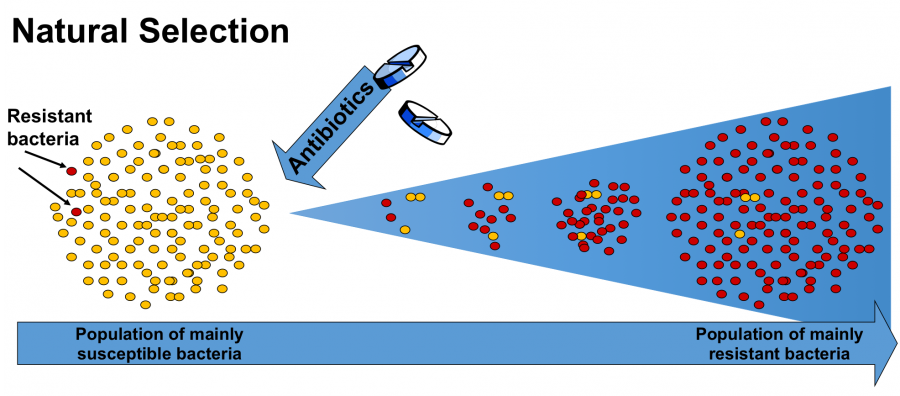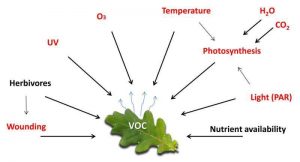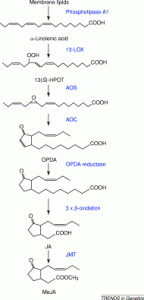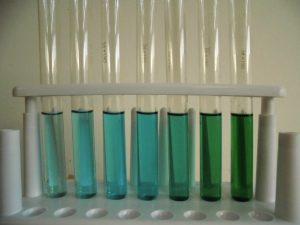Alzheimer’s disease was first discovered back in 1906 by Dr. Alois Alzheimer. It is a degenerative brain disease which is predicted to effect up to 5 million people in the US alone. This disease effect an individual’s cognitive ability, emotion, behavior, physical abilities, and could ultimately lead to death. The following video provides a summary of the Alzheimer’s disease:
https://www.youtube.com/watch?v=9Wv9jrk-gXc
Even though this disease was discovered for over a century ago, scientists around the world are still unable to fully understand or discover any cure for the disease. However, they found traces of two forms of proteins known as ‘Plaques’ and ‘Tau’ protein which is believed to be associated with Alzheimer disease.
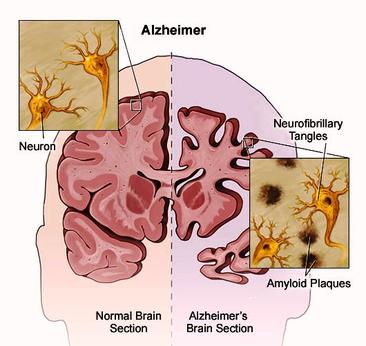
Healthy brain Vs. Brain with Alzheimer’s disease – Plaque and Tangle proteins. <http://neurowiki2012.wikispaces.com/Down+Syndrome>. Photo credit: Jefferson Hospital.
Plaque protein are created from smaller proteins that sticks together and form a clump shape, this protein may block the connection between nervous cells and interfere with the communication network in our brain. In some cases, our body detects that the cell cannot function normally and hence our body started to destroy our own cells. Another protein associated with Alzheimer disease are called ‘tau’ protein, a protein that involved in the process of transporting nutrients to nervous cells. In Alzheimer patients these proteins collapse and form another form of non-functioning protein known as ‘Tangles’ protein. This results in the lack of nutrients being transported to the cell leading to cell death. Both of these abnormal form of proteins interferes with the nervous system in the brain and causes several of symptoms associated to Alzheimer.
“You lose your memory. Step by step, you turn into a person you don’t know anymore. And the one you knew disappears.”- Richard Taylor, Former psychology professor, Alzheimer patient.
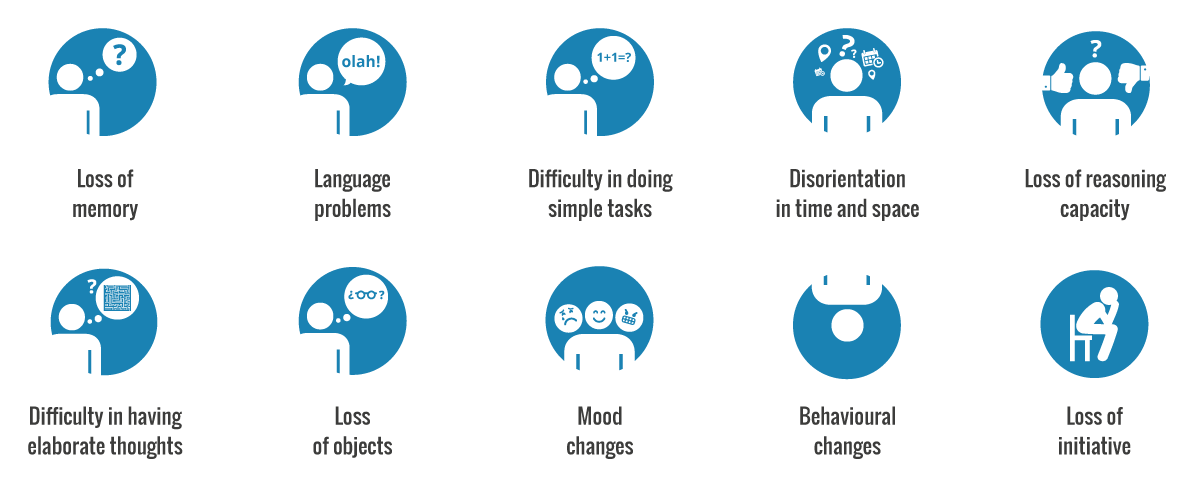
Symptoms of Alzheimer’s disease. <http://www.doc-advice.com/alzheimers-disease/>.
Due to the facts that this disease targets the nervous system especially in the brain the symptoms may involve the loss of memories, abnormal behavior and changes in personality. The disease will slowly move from one region of the brain to another, along the way it kills nerve cells and started to alter the brain function. It can be seen that as the disease migrate throughout the brain, different symptoms will start to emerge, from unable to form normal speech to emotional control, hallucination, memories lost, the inability to perform everyday tasks and ultimately destroying the regulatory region of the brain leading to death.
“Most people are aware of the problem— I hope — but I don’t think people get just how serious Alzheimer’s is until it happens to somebody they love, and that’s happening more and more.” – Dr. Christopher Ochner, Ph.D. clinical psychology, Columbia University.
Personally, I think Alzheimer’s disease is extremely dangerous and a worldwide threat. It’s a disease that does not only affect one individual but the whole family. More scientific funding is required for research in this field. To prevent the death toll from rising due to Alzheimer, it is crucial for the cause and a cure for this disease to be found.


